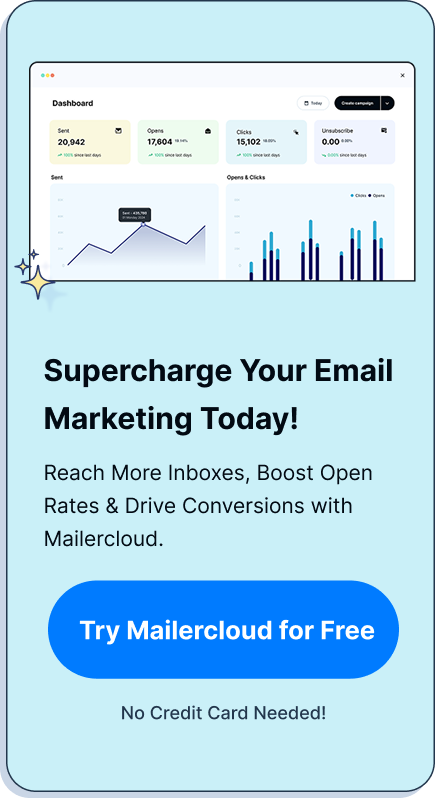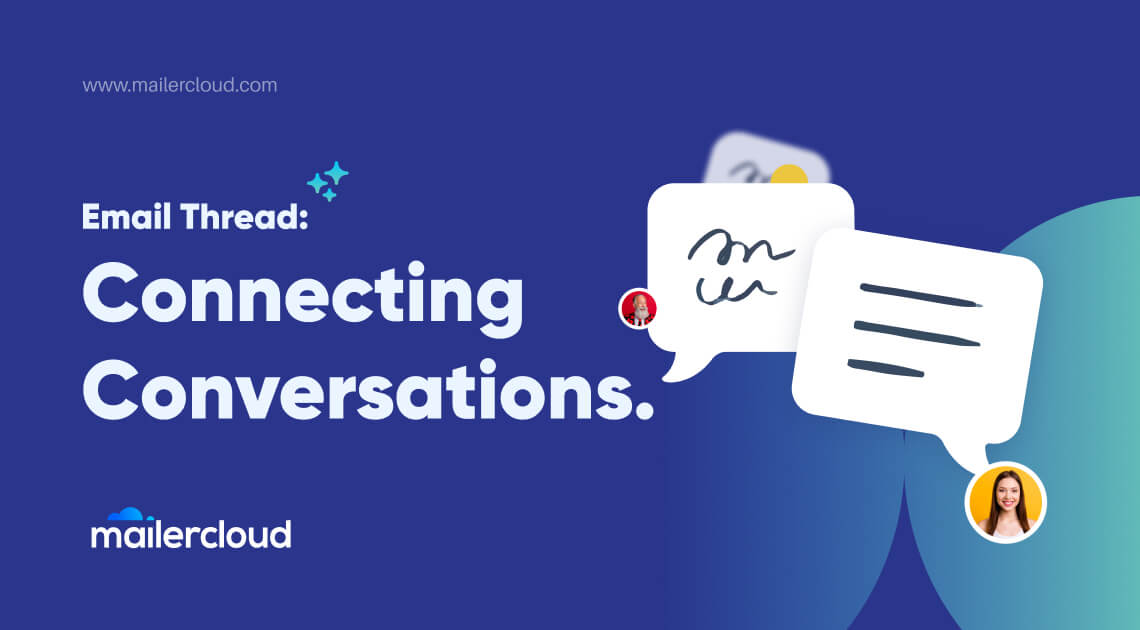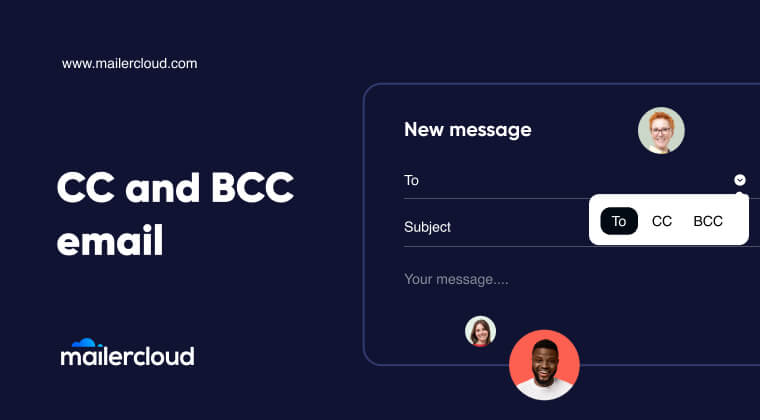In an effort to combat the persistent issue of spam and bulk senders, two of the world’s largest email providers, Yahoo and Google, have announced significant steps towards securing inboxes. These measures aim to enhance email authentication, simplify the process of unsubscribing from spam, and establish clear guidelines for bulk senders. By implementing these changes, Yahoo and Google seek to improve email security, user experience, and reduce the inundation of unwanted messages.
Table of Contents
What are the New Requirements for Bulk Senders?
Bulk senders now face stringent requirements for their emails. They are required to strongly authenticate their emails following well-established best practices within two days. This is considered basic email hygiene in our interconnected world of email. From February 2024, if anyone wants to send more than 5000 emails to Gmail users in one day, you’ll need to follow extra steps. Google says this includes authenticating the email to prevent hackers from causing harm. This means following Google’s recommended guidelines.
Yahoo:
- Bulk senders will be required to implement more robust email authentication protocols like SPF, DKIM, and DMARC.
- Users will have the ability to unsubscribe from spam with just one click.
- Senders must honor unsubscription requests within two days.
- Adoption of these standards has been low, prompting Yahoo to enforce them more strictly.
Google:
- Gmail’s AI-powered defenses already block over 99.9% of spam, phishing, and malware. However, due to evolving threats, additional measures are necessary.
- Bulk senders who send more than 5,000 messages to Gmail addresses in one day need to validate their identities.
- Strong email authentication following best practices will be required for high-volume senders.
- Like Yahoo, Google will enforce a two-day timeframe for honoring unsubscription requests.
- A clear spam rate threshold will be established to prevent Gmail customers from receiving excessive unwanted messages.
The Measures Which Should Taken By Bulk Senders

In the battle against spam, bulk senders are now finding themselves on the front lines. Many have struggled to stay under the reported spam threshold, often leading to a deluge of unwanted messages reaching users’ inboxes. This not only disrupts the user experience but also tarnishes the reputation of bulk senders, as their emails are frequently labeled and dismissed as spam.
But change is on the horizon. Yahoo and Google, two giants of the digital world, have established new requirements aimed at tackling this issue head-on. These changes, which are set to take effect in by February 2024, require bulk senders to implement more robust email authentication protocols like SPF, DKIM, and DMARC.
This is where email marketing platforms like Mailercloud come into play. Mailercloud provides bulk senders with tools and resources that make it easier to comply with these new requirements. With features that help with email authentication and an intuitive interface that simplifies email marketing, Mailercloud is poised to be an invaluable ally for bulk senders navigating these new frontiers.
- Bulk senders are required to implement more robust email authentication protocols like SPF, DKIM, and DMARC.
- Email marketing platforms like Mailercloud provide tools and resources that aid in compliance with these new requirements.
- Unsubscription requests must be honored within two days, giving users more control over their inboxes.
- Despite the low adoption rate of these standards among bulk senders, Yahoo and Google are enforcing them more strictly.
Unsubscribe: An Easy Click Away

One of the new rules that Yahoo and Google have introduced is the ‘one-click unsubscribe’ feature. This means that Gmail users can now easily opt out of unwanted emails, reducing the chances of their inboxes being overwhelmed with spam.
The Role of Authentication in Preventing Spam
Authentication plays a vital role in preventing spam. It serves as a gatekeeper, verifying the sender’s identity and ensuring that only legitimate emails reach the recipient’s inbox. This process helps keep phishing and malware at bay, significantly enhancing email security.
In the vast digital landscape, authentication acts as a crucial line of defense against spam. Without it, inboxes can quickly become cluttered with unwanted emails, and users could fall prey to phishing scams and malicious software. Therefore, robust authentication protocols are now more necessary than ever.
Yahoo and Google have recognized this need. Both tech giants are implementing stringent authentication requirements for bulk senders. These include the use of protocols such as SPF (Sender Policy Framework), DKIM (DomainKeys Identified Mail), and DMARC (Domain-based Message Authentication, Reporting, and Conformance). Each of these serves a unique purpose in ensuring that an email is from a verified sender.
Wrapping up
As we move further into 2024, we can expect even more stringent measures against spam. With technology advancing rapidly, the battle against spam is set to become even more sophisticated.
- Cybersecurity measures against spam are continually evolving.
- Bulk senders need to meet new requirements for email validation.
- Gmail users can easily unsubscribe from unwanted emails.
- Authentication plays a crucial role in preventing spam.
- Staying informed about these changes is key to successfully navigating the ever-changing landscape of email security.
As a Marketing Director, I develop and implement marketing strategies, conduct market research, and manage a team of marketing professionals. With a successful track record of launching campaigns that drive revenue growth, I bring my marketing expertise to blog writing, creating engaging content that promotes the brand and its products/services.

































